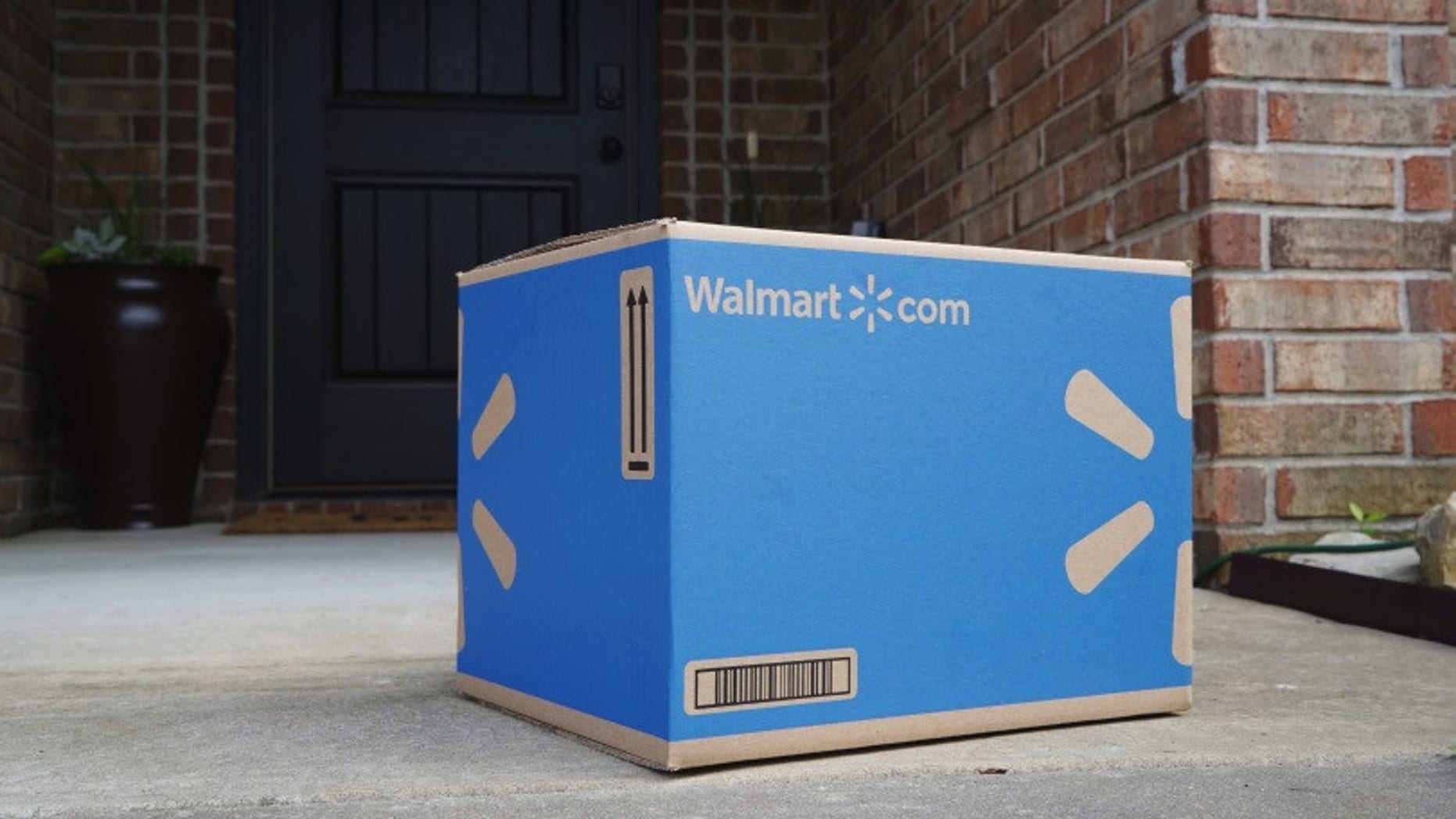
Companies are regulating new gene-editing collection to change a DNA of food crops. One of these products is a soybean with a healthier kind of oil.
Johannes Eisele/AFP/Getty Images
hide caption
toggle caption
Johannes Eisele/AFP/Getty Images
Companies are regulating new gene-editing collection to change a DNA of food crops. One of these products is a soybean with a healthier kind of oil.
Johannes Eisele/AFP/Getty Images
The association Calyxt, only outward St. Paul, Minn., wanted to make a new kind of soybean, with oil that’s a small healthier — some-more like olive oil.
As it happens, some furious kin of soybeans already furnish seeds with such “high oleic” oil — oil that is high in monounsaturated fat. It’s since a few of their genes have sold mutations, creation them somewhat opposite from a standard soybeans that farmers grow.
Manoj Sahoo, a company’s arch blurb officer, says this led to an apparent question: “Can we have those same mutations in a complicated varieties that are grown by a farmers?”
The association incited to a gene-editing technique, TALEN, that’s identical to a some-more famous one called CRISPR. Sahoo describes it as a genetic scissors that can go in and cut a soybean plant’s DNA really precisely. “It does a cut, and afterwards it comes out. There is no unfamiliar element or unfamiliar genes in a soybean,” he says.
This is a vicious point. If we take genes from another kind of plant, or bacteria, and insert them into a stand like soybeans, a outcome is deliberate a genetically mutated organism, or GMO. You need supervision capitulation to sell a new GMO. Getting it can take years, and millions of dollars.
If we only take a dash out of a gene though inserting anything new, though, a product falls into a gray area. The European Union has motionless that it’s still a GMO. The U.S., though, says it’s not. In fact, we might not need pithy supervision capitulation to sell that product.
Companies and even university researchers can ask a U.S. Department of Agriculture and a Food and Drug Administration to inspect their new products, and a formula of these intentional “consultations” are public. The USDA has a website, for example, where one can stand dozens of group responses to such inquiries.
Calyxt went by this intentional routine with both a USDA and a FDA, and both agencies gave a company’s high-oleic soybean a immature light.
“We consider it is vicious to build consumer trust, and also [for] food safety, that is critical, to go by that slip process,” Sahoo says.
On a other hand, there’s a gene-editing association called Cibus, in San Diego, that never asked a USDA or a FDA to rigourously approve a new line of canola.
Adding to a difficulty is a fact that this canola was combined regulating an comparison routine of formulating genetic mutations. The association prompted lots of pointless mutations in canola plants by augmenting them in a lab in Petri dishes. Then it searched for and found accurately a turn it wanted.
Crops altered in this approach have never been particularly regulated, so Cibus didn’t need supervision capitulation for a canola.
But Peter Beetham, a CEO of Cibus, goes further. If a association combined this same kind of canola regulating newer gene-editing tools, he says, it also would not need any grave supervision review.
Greg Jaffe, executive of a biotechnology plan during a Center for Science in a Public Interest, says it’s a discouraging precedent.
“I don’t consider Cibus is violating any law, though we consider that it points out a fact that this is a intentional process, and that in a future, companies might not go by this process,” he says.
A lot of consumers will find that unacceptable, he says. Gene modifying is new, it’s powerful, and people will have a horde of questions about it. They’ll wish to know, for instance, if their possess food is genetically edited. “The initial step in carrying a contention about record is meaningful what’s out there,” Jaffe says.
Jaffe is job on a supervision to contend a extensive and open list of each gene-edited stand that farmers are harvesting and selling. “I consider that there should be a registry of these products, rural products that are going to go on a market, that have been gene edited,” he says.
I reached out to several biotech companies to see what they suspicion of Jaffe’s idea. They were noncommittal.
Several of them pronounced that they do wish some kind of supervision slip of this technology. They contend they’ve been assured that it’s essential for open acceptance of a technology.
But a companies also are perplexing to equivocate anything that suggests to consumers that gene-edited food is somehow opposite from each other food, and so maybe some-more dangerous.




























